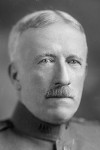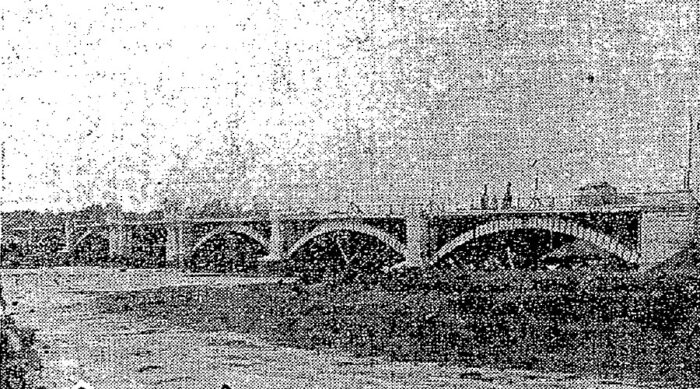
(This is a reposting of a piece that was published long ago, losing its images along the way)
Over the last few weeks, I have written of a number of bridges that cross the Anacostia River. Today, we will look at the bridge that crossed at 11th Street from 1908 until the 1960s.
Almost 30 years after the previous 11th Street bridge had been built, it was (according to the Washington Post) “in the class of that ‘which have seen better days.’” This set off the request for an appropriation from Congress to complete this. 1903, however, came to an end without action, and thus, in January of 1904, Engineer Commissioner John Biddle made a “personal inspection” of the old bridge. This, finally, loosened an appropriation for a new bridge.
After some discussion, it was determined that the new structure would be built about 150 feet north of the old one, which meant that a whole new set of contracts had to be drawn up to pay off the owners of the land needed. In the meantime, repairs were made to the old bridge. This meant that in late 1904, there was an accident that could have ended tragically. A carpenter was crossing the bridge on horseback when they both fell through a hole that had been left by men repairing the bridge. Edgar Arnold, the carpenter, managed to grab onto an iron bar and kept himself from falling into the river. His horse was not as lucky, though it survived the fall, and managed to swim to shore, where it stuck in the mud. Fortunately, a passing tugboat saw the horse, and dropped a hawser around its neck, and so was able to free the horse from the mud, and rescue it from the river.

The bridge was designed by the local engineer of bridges, one Walter J. Douglas, who (according to his obituary published in the Transactions of the American Society of Civil Engineers) was “recognized as one of the distinguished designers of masonry bridges in America.” Work began in 1905 and it took until late 1908 to complete, about a year longer than originally expected.
However, it was quite a bridge: 1000 feet long, with approaches and filling that added another 800 feet. It consisted of six arches of 131 feet each, and there was a 100 foot wide drawbridge to allow ships to proceed further up the Anacostia. Most importantly, it was much higher off the high-water mark, making it passable even if the river flooded – as well as being 50% wider than the old one.
Most importantly, it had (again, according to the Post) “twenty-two electric lights of 100 candlepower each [to] furnish the illumination of the bridge at night”
As to the old bridge, it was sold as scrap, which gained only a few thousand dollars, a far cry from the $444,000 that were appropriated for the new project.
The new bridge served to bind together Anacostia and Capitol Hill for almost 60 years, before it was once again deemed insufficient.
